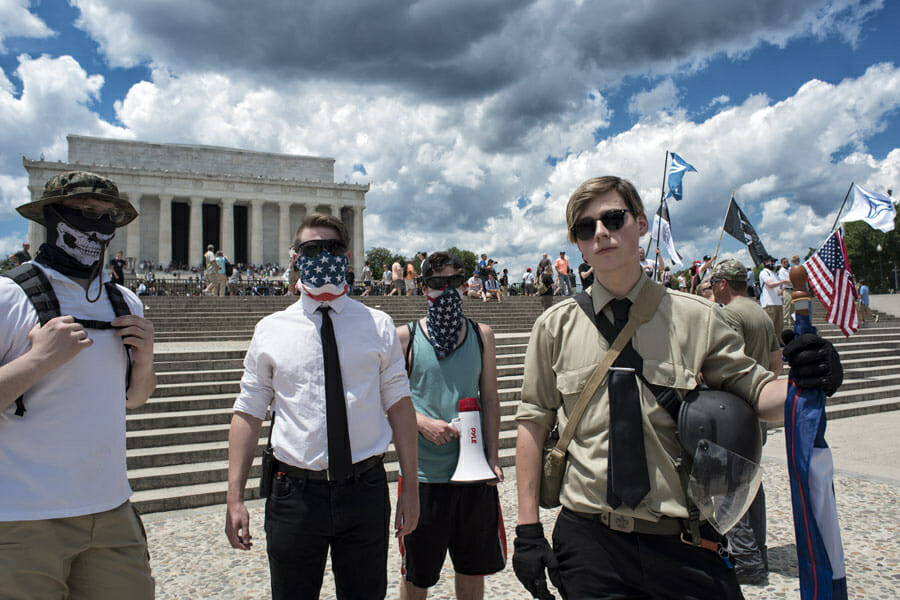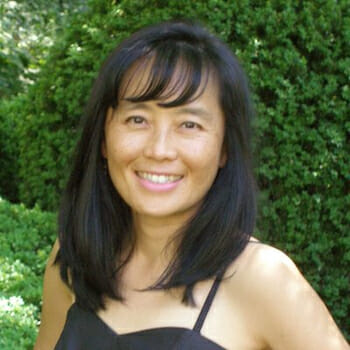
Culture
Racial Prejudice and Our Children
“Ching chong!” a kid’s voice taunted in my direction. I winced. “Ching chong!!” the taunt got louder and closer. The muscles in my stomach tightened. “Ching chong!!” the same voice now sneered right behind me. I turned around and saw two young boys, both approximately age 11, staring straight at me. They were not smiling. Before I had a chance to say or do anything both walked up directly to me and one spat “ching chong!!!” inches from my face as he passed. I could not believe it.
I had not been racially jeered at for more than 30 years.
Thinking it best not to have a knee-jerk reaction I simply stared back. As the boys walked on with their backpacks swinging behind them I wondered how this could have happened in the year 2017 and why. We were in the metropolitan suburb of Arlington, Virginia, dotted by Chinese, Japanese, Mexican, Turkish, Italian, and Middle Eastern restaurants — just a few miles from our nation’s capital. I was one of the colors in an area where many colors lived where sometimes one can see a woman in a hijab walking her kids to school. Even had we not been in a multi-racial area, with the proliferation of the internet, television, and movies, my features could not have been strange or unique.
For the last two decades haven’t Hollywood and the web brought Asians to prominence? When we see the faces of Lisa Ling, Lucy Liu, Elaine Chao, and Gary Locke, are we focused on their features or are we paying attention to what they are saying? Moreover, haven’t many Asians infiltrated the American working class, taking on responsible positions such as doctors, lawyers, business owners, and teachers?
How was it this happened on an otherwise uneventful November day?
The last time I was racially jeered at was back in the third grade when fellow classmates mocked me for my Chinese features: I have yellow skin, straight black hair, and slanted eyes. My classmates were mainly white or Hispanic. To them I appeared strange. Kids in the 1970s and 80s didn’t have the benefit of the internet. Though there were television and movies, most of the Asians featured were the stereotypical Kung Fu-kicking man or the struggling pidgin-English-speaking shopkeeper. Since then much has changed. Even though sometimes people would still stare at me when I traveled to the Midwest or the South, I never heard a racial slur. That is not until recently which made me suspect that the boys were echoing someone else.
Given these are racially difficult times for our country, marred by energized white supremacists, reactionary groups, and racial violence, it should be no surprise that our children are observing and repeating these sentiments too — in their own ways. I saw it wasn’t so much my Asianness that the boys were mocking but the fact that I was not part of the majority: I was not white, a sentiment minority races were reminded of recently. Since the boys weren’t white either it was odd they would sneer at me for this. Yet children often get their cues from watching others. How many times have we witnessed kids mimicking people around them or characters they have seen on television? Since the boys had no qualms expressing this racial jeer to me, someone more than three times their age, they likely expressed similar sentiments to others too including other children.
Is this the type of behavior we want our kids to spread throughout America?
In recent months polls have been taken to measure American adults’ perceptions of the country’s racial and political divide. But has anyone measured our children’s perceptions of these same issues? Since our children are the future of this country, shouldn’t we be just as concerned about their views as we are about our own?
What kind of America do we want for the coming years?
Do we want our children to believe that what they are learning in school about racial equality and harmony are just nice-to-have ideals? Do we want them to judge others by race and color as opposed to what each person has accomplished? Ultimately, do we want them to uphold, be part of, and defend a United States of America or a divided one?
The answer lies with us.
Recently Americans showed they can still work together irrelevant of race. During and after hurricanes Harvey and Irma, Americans demonstrated qualities this nation is truly proud of showing the world we are still the melting pot. Stranger helped stranger without consideration to color. But it shouldn’t take disasters for these qualities to surface. They should be part of our daily lives just like school, work, and our families.
If none of us have the magic fix to our country’s racial challenges, let us behave in such a way that brings this country and its people together, and let us be proud to have our children observe us doing it.

